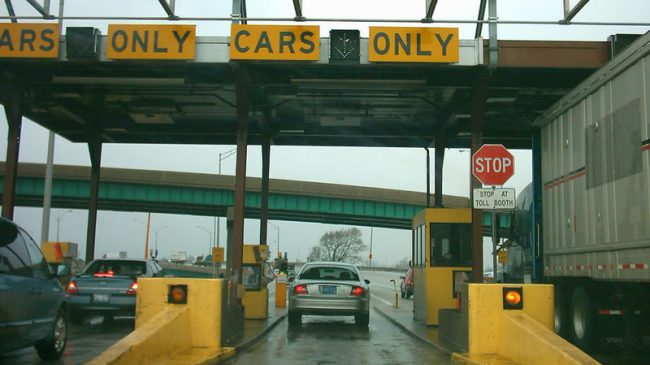In mid-March of 2012 a battle took place over the future of toll finance in the U.S. highway system. Dueling amendments were being offered to the Senate surface transportation reauthorization bill, S.1813. One, by Sen. Kay Bailey Hutchison (R-TX), would have prevented the use of toll finance for reconstructing and modernizing aging U.S. Interstate highways. The other, a bipartisan amendment, would have given states more options by modestly expanding several tolling and pricing pilot programs enacted by Congress during the last three reauthorizations. After strenuous lobbying on both sides, the proponents agreed to withdraw both amendments rather than risk defeat.
This policy brief explains what is at stake for America’s most important surface transportation infrastructure, the aging U.S. Interstate highway system and why the House should give states more flexibility in using pricing to reduce congestion and toll finance to rebuild and modernize that system.
The Interstate system, accounting for only 2% of all highway miles, handles 25% of all highway vehicle miles of travel. This vitally important network was planned in the 1940s, based on a very different America than exists in 2012. It was built starting in the mid-1950s and nearly all of it was completed by the 1970s. The typical design life for an Interstate highway is 50 years, at which point it needs major reconstruction. Hence, an Interstate corridor completed in 1960 reached its 50-year mark in 2010, and those completed by 1970 will do likewise by 2020.

